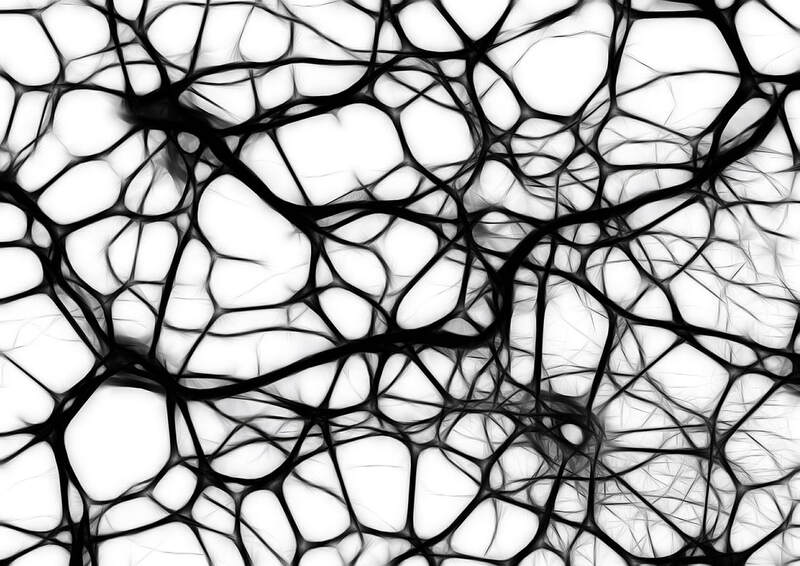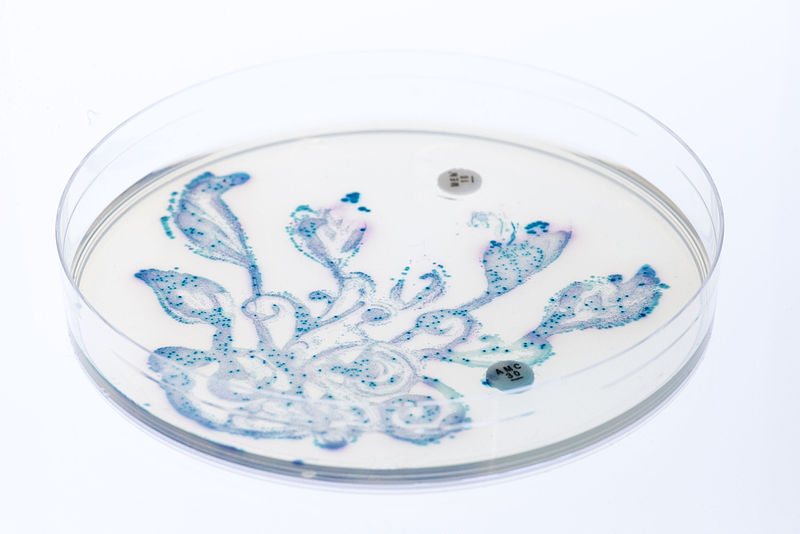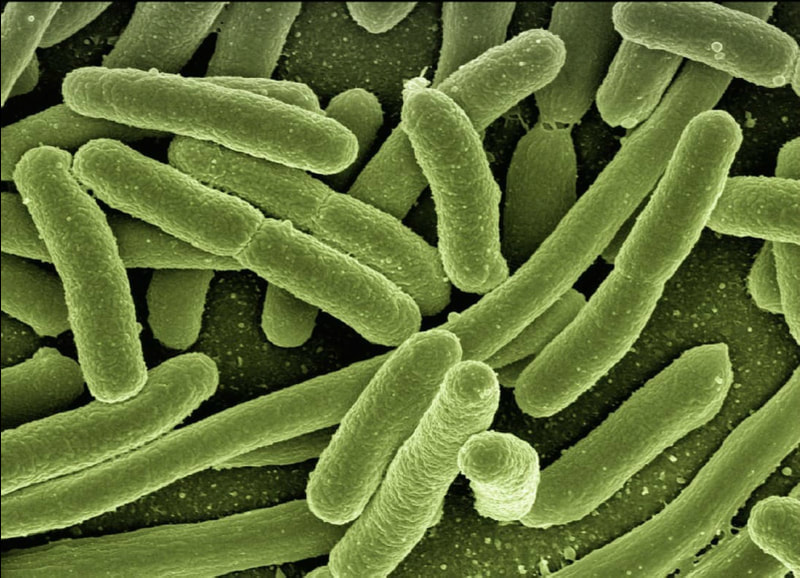Not So Dead After All: Pig Brain Function Revival
Zombies—the reanimated corpses of past humans—are a staple of horror-themed popular media. Not only do they represent the boogeyman of recent years, but also capitalize upon people’s fear of the undead. While we are not yet close to creating zombies ourselves, new evidence arising from a recent study published in the journal Nature describes the revival of post-mortem brain function in pigs.
Researchers at Yale University’s Sestan Lab have successfully revived basic cellular function in pig brains up to 10 hours after death. To accomplish this, they developed a surgical procedure called BrainX, whereby they circulate a perfusate, composed of several nutrients and electrolytes, mimicking our blood, throughout the dead brain tissue in a process called perfusion. Using a novel medical device that the team engineered, the carotid arteries of the brain were connected to this perfusate supply to allow filtration of water, oxygen infusion. The brains were all connected to the device 4 hours after death. After 6 hours of perfusion, the brains were monitored for several different indicators, including tissue integrity (ability to regenerate and maintain proper function), cell density, cell structure, and neuronal cell function. All of these functions were found to be present, providing evidence for revival of cell physiological activity 10 hours post-mortem.
Researchers at Yale University’s Sestan Lab have successfully revived basic cellular function in pig brains up to 10 hours after death. To accomplish this, they developed a surgical procedure called BrainX, whereby they circulate a perfusate, composed of several nutrients and electrolytes, mimicking our blood, throughout the dead brain tissue in a process called perfusion. Using a novel medical device that the team engineered, the carotid arteries of the brain were connected to this perfusate supply to allow filtration of water, oxygen infusion. The brains were all connected to the device 4 hours after death. After 6 hours of perfusion, the brains were monitored for several different indicators, including tissue integrity (ability to regenerate and maintain proper function), cell density, cell structure, and neuronal cell function. All of these functions were found to be present, providing evidence for revival of cell physiological activity 10 hours post-mortem.
Image Source: Alexas_Fotos
While an impressive feat, this isn’t to say that complete, or actual meaningful, brain function has been restored. The authors of the paper make it very clear that the brains they tested, did not, at any point, show electrical activity affiliated with higher brain functions akin to awareness or consciousness. The brains were simply functional and viable as an organ. However, all of this brings to light the amount of bioethical controversy this discovery has created - is it possible to recreate sentient brains and experiment on them without strict ethical standards? Can we give these organs the same moral consideration as we would do any other animal? If these questions are answered in the positive, then there is now a need for scientists to hold a discussion and set an ethical boundaries to the types of research that can be conducted in this field.
While ethical considerations are important to take heed of, this study still provides a new road of opportunities in a tremendous number of fields, including biotechnology, pharmacology, and biomedical research. Such implications suggest that it is possible to study brains ex vivo for extended periods of time—previous studies of functional brain tissue relied on total excision from the organism. Now, researchers may be able to study the cellular activity of certain cells within the brain itself. Not only that, but there are the important possibilities that these can be better model systems for research such as drug trials or brain surgical procedures.
While ethical considerations are important to take heed of, this study still provides a new road of opportunities in a tremendous number of fields, including biotechnology, pharmacology, and biomedical research. Such implications suggest that it is possible to study brains ex vivo for extended periods of time—previous studies of functional brain tissue relied on total excision from the organism. Now, researchers may be able to study the cellular activity of certain cells within the brain itself. Not only that, but there are the important possibilities that these can be better model systems for research such as drug trials or brain surgical procedures.
Featured Image Source: geralt
RELATED ARTICLES
|
Vertical Divider
|
Vertical Divider
|
Vertical Divider
|






